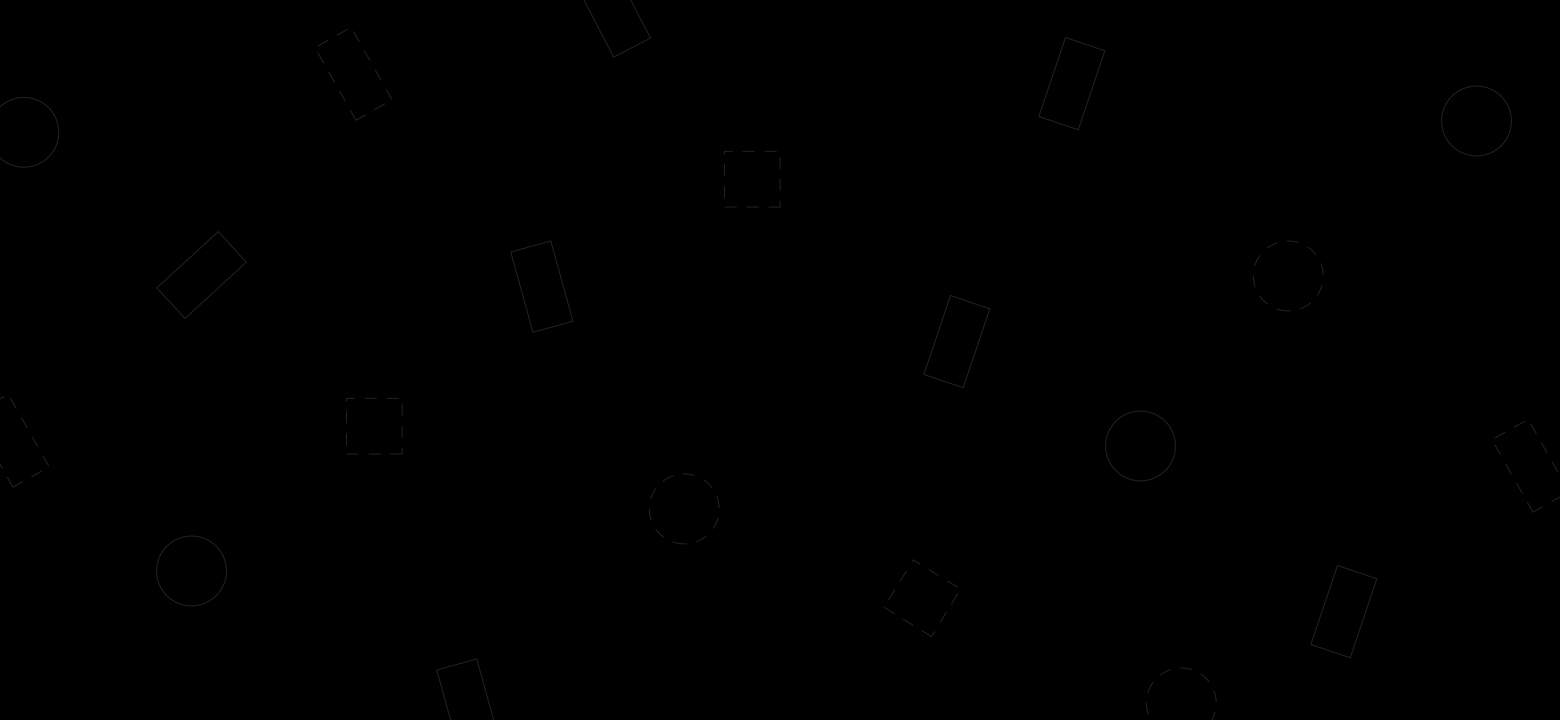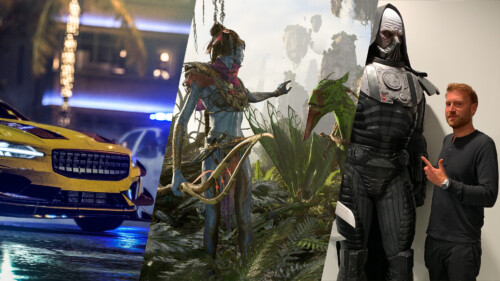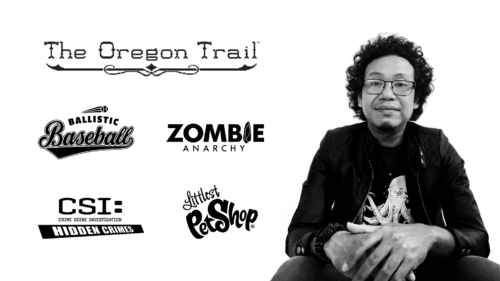Interview with Erik Ortman
Lead UX Designer on Battlefield at DICE


Hej! My name is Erik Ortman and I am a Swedish UX Designer born in the frozen wastes of the north but currently living and working in beautiful Stockholm, Sweden. I currently work as the Lead UX Designer on the Battlefield franchise at EA DICE, which I’ve called my professional home for the last 8 years.
How did you start in the industry?
Funnily, growing up, my family was very adverse to anything gaming related. We didn’t even have a VCR (yes I’m old); it was all about the great outdoors. So my early gaming experiences were mostly hanging out with the neighbor kids and, more importantly, their Nintendo.
However, I had an uncle that was one of the pioneering game developers in Sweden. He created the Backpacker games that most Swedish kids in my generation sank many hours into. During the summers, before they shipped the first game, he would sit in our house building the game with 10-year-old me curiously staring over his shoulder. He sparked my initial interest in making games, and has always remained a huge inspiration to me.
This curiosity of creating games, not just playing them, followed me all the way into university where I challenged myself and built small flash games in my spare time. Even so, I couldn’t fathom actually working professionally in games. In my head, I argued that I wasn’t an artist, nor an amazing game designer. What could I possibly contribute that these incredibly talented people weren’t already doing much better than I felt I ever could?
The turning point for me was watching the Double Fine documentary for the Kickstarter project that was to become Broken Age. Something about the creative discussions they were having, the problems they had to solve and the energy surrounding the whole thing just sparked some dormant need in me. I started seriously looking at getting into the industry, and as it happened DICE had just begun looking for a designer on mobile projects which was the field I worked in at the time. I took the leap and sent in an application. A few months later I joined as a Mobile UI Designer and I have never looked back since.
I still have an item on my bucket list to give Tim Schafer a big hug if I ever meet him.

The wake-up call
What are your responsibilities at Dice?
As Lead UX Designer, my responsibility is leading the team of UI/UX Designers as we work to design interfaces, both through UI and other means, that help explain all the ins and outs of a Battlefield game. I work closely with the leads for other areas such as Art, Code & Scripting to coordinate work and ensure we are reaching the goals we want.
In the early stages of a project, I spend my time defining UX guidelines and principles that we want to pursue for our game, starting with more fluffy aspects around how we want players to feel as they play and then drilling down into what we can do to achieve those feelings. I’m not an artist by any means, but I spend tons of time, together with the UI Art Director on the project, to define how we will translate the more fluffy goals into great looking and functional UI.
As the game starts to take shape, my day is often spent giving feedback on designs coming from the team. My responsibilities shift to making sure we collectively stay tuned to what we’ve set out to achieve. And importantly, that the UX team is running forward in the right direction and staying happy whilst doing so.
In the later stages of production, I also work closely with our User Research team to evaluate the solutions we’ve built, making sure we iterate on anything that needs to be improved.
What is the favorite part of your job and what is the hardest part of your job?
There is something fundamentally magical about the period where things start to come together in a large AAA production. When you are surrounded with world class talent, seeing all the fruits of their labour come together to form an experience that you can feel is my absolute favorite part.
The hardest part for me, personally, is staying confident in a vision, especially my own, throughout the project. The longer you spend on pretty much any creative endeavor the more you start to second guess yourself and all the faults stand out. For long periods in the development of any game, especially larger projects, the end result is often hard to grasp because of all the complexities involved. On one hand, it is good to constantly go back and understand the reasons behind why a decision was made, but for the purpose of productivity, it isn’t always the best use of time.
Where do you get your motivation and inspiration?
When I find myself in a creative rut, or my motivation to create runs low, I’ve found that a fantastic source of inspiration for me is the Maker community. Watching people like Adam Savage get pure joy out of drilling a straight hole, or using a new tool, fills me with energy and has me wanting to get back to creating stuff in no time.
I think in general looking outside of the field you spend most of your time in can be one of the best sources of inspiration, whether it is making, cooking, writing or anything else. I love my job and I am extremely privileged to get to work creatively in a field I am passionate about, but it is still work and sometimes you need to look outside of that space for inspiration.
Of all the projects you/your company have produced, which one are you the most proud of?
Battlefield 1 still sits close to my heart as a project I am extremely proud of. We set out to do something many, even internally, were very skeptical about. And we delivered an experience that resonated with a lot of players.
I’ll echo something that Daniel Lucchesi mentioned in a previous interview here though; it takes a good while after shipping a project until you can really distance yourself enough from the process to look at it with pride. After the BF1 launch, I could barely look at my team’s work without getting anxious. It took many months until I could recognize how satisfied I was with what we had accomplished and how proud I felt about the team.
Do you want to highlight something from the project? any anecdotes/story behind?
Late in the project we found ourselves struggling to get the Prologue experience to be really enjoyable to players. The crux was, we kept killing them as part of the flow and players were frustrated. The real hardcore players immediately tried to open the menu to restart the moment they died.
The solution: A text at the start of the experience that told you ”You are not expected to survive” blended into the initial narrative flow and a small obituary to players each time they died. Such a small little thing in the greater context, but players instantly connected with it, and enjoyment of the experience improved substantially.
Another fun one was coming up with good pigeon UX. In the War Story “Through Mud And Blood” there is a section where you take on the role of a pigeon, delivering a message back to HQ from a stranded tank. We wanted to create a really immersive and tranquil experience that stood in stark contrast to the hectic tank combat you had just gone through as a player. Researching how pigeons view the world and coming up with a visual language, that still guided players, was one of the more interesting creative exercises I’ve gone through.

Not every day you get to design pigeon UX
Do you have any advice you wish you’d received when getting started?
First, don’t worry too much about what you’re called on paper, especially as a UX Designer. Focus on the value you can add to the team and the product. Even though UX is continuously maturing, it is still prone to tons of misconception. The amount of people either sharing a title, doing wildly different things, or having different titles but doing exactly the same thing, is staggering.
So, if you’re looking to get into the games industry working with UX, make sure to be crystal clear in both directions when talking to a prospective employer about what you expect to be doing and what they expect from you in return.
Second, don’t ever feel discouraged because of people out there that do things you enjoy on a level higher than you do. Compare yourself to your previous self, not others. Embrace the fact that all these amazing experts exist and that they continue to bring great stuff into reality. On the same note, don’t rush to narrow yourself down to become an expert in a hurry. Stay curious about many things, keep exploring things that interest you, if that is what you enjoy.
And finally, you often don’t recognize burnout until it’s too late. Listen to the people around you that care about your wellbeing when they worry about you. When you are in the thick of it, you will ignore any warning signs even when they stare you in the face and you lie sleepless at night. Reach out; there is no shame in getting a little support!

Sometimes the smallest details make the greatest impact, like the small obituary texts in the Battlefield 1 Prologue.
What’s your point of view on the future of gaming?
There’s a couple of things I am really excited about.
While games have been pushing visual fidelity to impressive levels for years, there are aspects that have been left to suffer such as outrageous loading times. With next-gen platforms pushing for faster drives it will be exciting to see what developers do with these new tools. Streaming technology is also super interesting and will make huge ripples in our industry. There is a flip side to this: games become more of a commodity to be consumed. But that’s a whole other topic.
Finally, the push for making games more accessible to everyone continues to put a smile on my face and it really feels like Ike the industry is taking it seriously. At EA we were lucky enough to have Karen Stevens recently take on the role of Director of Accessibility, and I think we will continue to see more and more push from across the industry to recognize that games are for everyone, and that it is possible to create experiences that provide that without compromising on hardcore competitive gameplay for the players that enjoy it.
All images © 2016 Electronic Arts Inc.
















